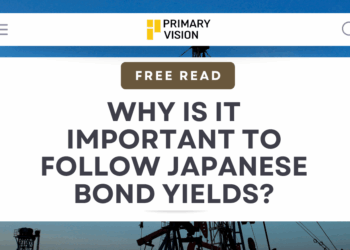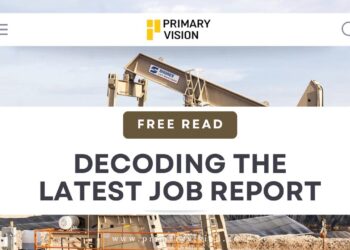As we delve into the intricacies of the US economy, recent analyses and data suggest a challenging path ahead, contradicting the narrative of a seamless soft landing. David Rosenberg’s economic model, renowned for its accuracy, now forecasts an 85% chance of a recession hitting the US within the next 12 months, marking the highest probability since the 2008 financial crisis. This stark prediction, based on comprehensive indicators including financial conditions and debt-service ratios, signals a significant shift from the mere 12% chance suggested earlier in 2023.
Echoing Rosenberg’s concerns, economist Apollo has revised his stance from advocating for a soft landing to acknowledging a greater than 50% likelihood of a hard landing, or potentially no landing at all. The optimism for a gentle economic deceleration is waning as the delayed effects of the Federal Reserve’s rate hikes begin to manifest, tightening the financial conditions for consumers, firms, and bank lending. The resultant high interest rates have escalated borrowing costs, notably straining sectors like commercial real estate.
The commercial real estate (CRE) sector, in particular, is under the spotlight as it grapples with what has been termed the “greatest real estate crisis since the financial crisis.” The tremors from the US CRE market’s instability have reverberated across the Atlantic, affecting European banks with significant CRE loan books. With approximately 1.6 trillion euros in CRE lending in Europe, German banks, holding about 30% of this volume, find themselves in a precarious position. The situation, although not deemed existential yet due to prudential provisions, underscores the interconnectedness of global financial markets and the potential for broader implications.
Amid these concerns, the Federal Reserve’s stance remains cautiously optimistic, though hesitant to reduce interest rates in the immediate future. Recent CPI data, showing a year-over-year increase of 3.1% in January, indicates a cooling inflation rate, albeit not as rapidly as hoped. This economic environment is further complicated by a decline in monthly job openings and a gradual increase in unemployment, hinting at a tightening labor market.
Moreover, the stock market’s current buoyancy, driven more by investor sentiment than fundamental economic indicators, poses its own set of risks. Paul Dietrich of B. Riley Wealth Management warns that a recession could precipitate a significant downturn in the S&P 500, potentially by as much as 30%. This vulnerability is exacerbated by record-high household debt, now exceeding $17.5 trillion, according to the Federal Reserve.
In summary, while the narrative of a soft landing persists, a closer examination of the US economy reveals underlying vulnerabilities and headwinds that could challenge this optimistic outlook. From the looming threat of a recession, as indicated by predictive economic models, to the specific pressures on the commercial real estate sector and the broader implications of Federal Reserve policies, the path ahead for the US economy in 2024 is fraught with uncertainty. As we navigate this complex landscape, it becomes increasingly clear that caution and vigilance are paramount in assessing and responding to these evolving economic dynamics.












